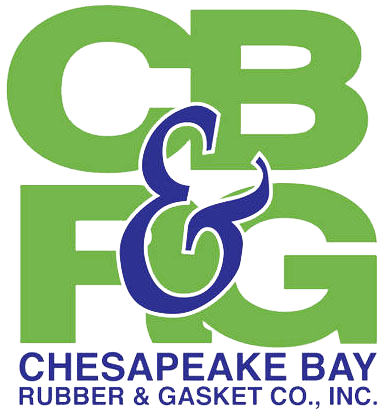MARINE FENDERING
DOCK BUMPER
Marine fendering and dock bumpers play a crucial role in protecting vessels, docks, and infrastructure in commercial and naval ports, shipyards, and marinas. They serve as a buffer between ships and berths, reducing impact damage during docking, mooring, and berthing operations. These components are essential for ensuring the safety of vessels and the longevity of port structures.
Full line of high-quality dock bumpers and fenders available in a large selection of profiles. Can be custom–sized. Our Commercial Dock Bumpers are manufactured to ASTM D2000 specification and adhere to industry standard tolerance of ±4% on outside dimensions and ±8% on bore dimensions. The length tolerance is ±2% or ±1", whichever is greater.
-D-Shape Bumper
-Cylindrical Bumper
-Rectangular Bumper
-Wing Type Bumper
-Fan Nose Bumper
-Corner Gaurd Bumper
-Chain-Inserted Bumper
-Flat Head Bumper
-Channel Lock Bumper
-Trapezoidal Bumper
-W-Fender
-M-Fender
Marine Fendering:
Types of Fenders:
Cylindrical Fenders: These are commonly used and provide a simple and cost-effective solution for absorbing berthing energy.
Cell Fenders: They offer higher energy absorption and are suitable for larger vessels and areas with tidal variations.
Pneumatic Fenders: These are inflatable fenders known for their high energy absorption capacity and versatility.
Cones, Arch, and Leg Fenders: Specialized fenders designed for specific applications.
Functions:
Absorption of Energy: Fenders absorb kinetic energy during vessel impact, minimizing damage to both the vessel and the port structure.
Distribution of Forces: They distribute the impact force along the surface of the fender to reduce stress concentrations.
Materials:
Rubber: Most fenders use rubber due to its elasticity and durability. Various grades and formulations of rubber cater to different requirements.
UHMWPE (Ultra-High Molecular Weight Polyethylene): Some modern fenders incorporate UHMWPE facing for enhanced durability and reduced friction.
Design Considerations:
Vessel Size and Type: Fendering systems are designed considering the size, type, and expected frequency of vessels using the port.
Environmental Conditions: Tidal variations, currents, and weather conditions impact the selection and design of fenders.
Maintenance: Fenders require regular inspection and maintenance to ensure their effectiveness and longevity.
Dock Bumpers:
Purpose:
Dock bumpers are installed on the edges of docks or berths to protect both the vessel and the structure from impact during mooring and docking procedures.
Types of Bumpers:
Extruded Rubber Bumpers: Commonly used for their durability and ability to absorb impact.
Molded Rubber Bumpers: Offer specific shapes and designs for various applications.
Foam-Filled Bumpers: Lightweight and can provide substantial impact protection.
Materials and Design:
Rubber Compounds: Similar to fenders, dock bumpers are often made from high-grade rubber compounds to withstand repeated impacts.
Variety in Sizes and Shapes: Bumpers come in various sizes and shapes to cater to different docking configurations and vessel types.
Installation and Maintenance:
Proper installation is crucial to ensure effectiveness. Regular inspection and maintenance are necessary to address wear and tear.

